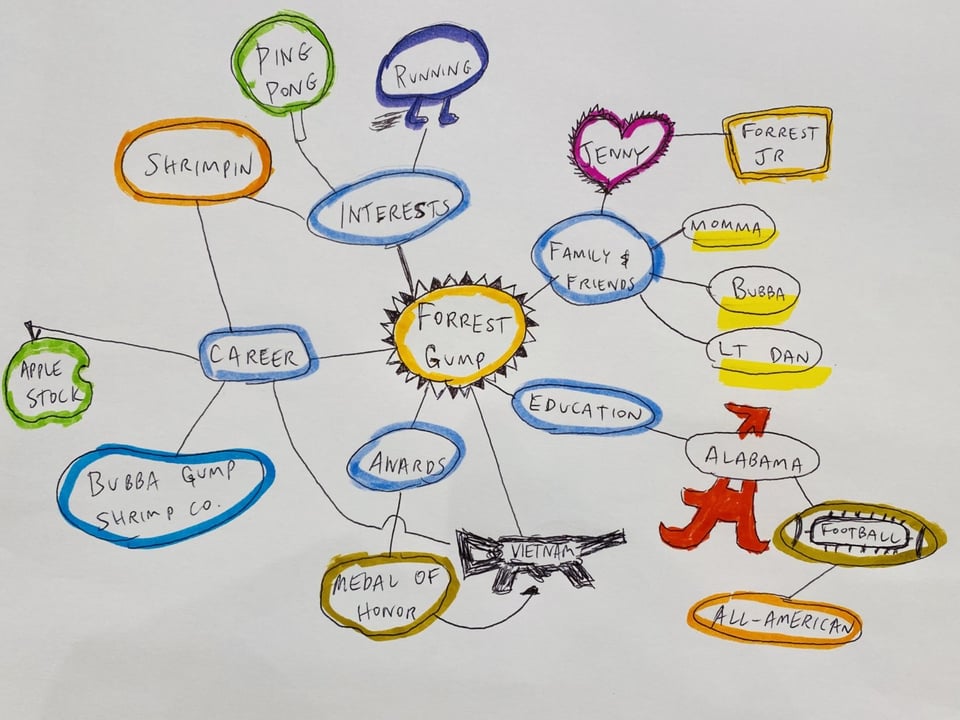When organizations and teams begin an Agile transformation, there is typically one person or group that is leading the charge. Does it matter if the push towards Agile is coming from the top or the bottom? Below, I will briefly discuss each and talk about which I think is more important.
Bottom-up support
By bottom-up support, I mean that the team is excited about and supports the use of Agile. Perhaps a developer came from a startup where they were lean and used Kanban. Maybe someone heard about Scrum, researched it and convinced the team to try it. Either way, having buy-in at the team level is great because these are the people actually doing the work. They are the ones who live and breath it every day. They use the process and identify ways to improve it.
Top-down support
By top-down support, I mean that the leadership team is excited about and supports the use of Agile. Perhaps an executive heard an Agile success story or learned about Agile at a conference. They want to get the product to market faster so they can get feedback from customers. They want to adapt better to changing requirements. And they want motivated teams that enjoy coming into the office.
Which is more important?
To build a good product, you need good teams. Bottom-up support brings a lot of commitment and accountability among team members. Typically, the team is very responsive, willing to experiment, learn and adapt their process. Team members are passionate because they are empowered, allowed to be creative and make decisions about how to do their work. However, bottom-up support is not always enough. To continue to feel safe and become as high performing as they can be, teams need leadership encouragement and support. Not to mention, leadership needs to continue to pay the bills, hire Agile coaches and remove organizational impediments so that teams can be successful.
Top-down transformations can be exciting but also seem imposed. Exciting because when leadership is on board, the team will feel empowered and there is a better chance that the cultural changes necessary for a successful transformation will take place. Imposed because not all team members want to be Agile – it’s simply not for everyone – so there can be pushback. However, after a while, most teams prefer Agile, so leadership needs to communicate the benefits and explain what specific problems Agile will help solve. Agile is fast paced, collaborative and requires accountability, so leadership needs to provide conditions where the team can thrive and succeed. Many times, explaining the reasons for Agile, communicating support and getting out of the way is enough.
So, which is more important? I’m not sure that one is more important than the other. They both provide their own value and go hand in hand. I believe that a combination of both is best.
Eventually, an Agile transformation that started at the team level will need leadership support. And equally important, a transformation that started at the leadership level will need buy-in at the team level. If leadership shows that they are willing to provide support and be patient during an Agile transformation, the team will feel safe and empowered to reach their full potential.
Which do you think is more important… top-down or bottom-up support?





